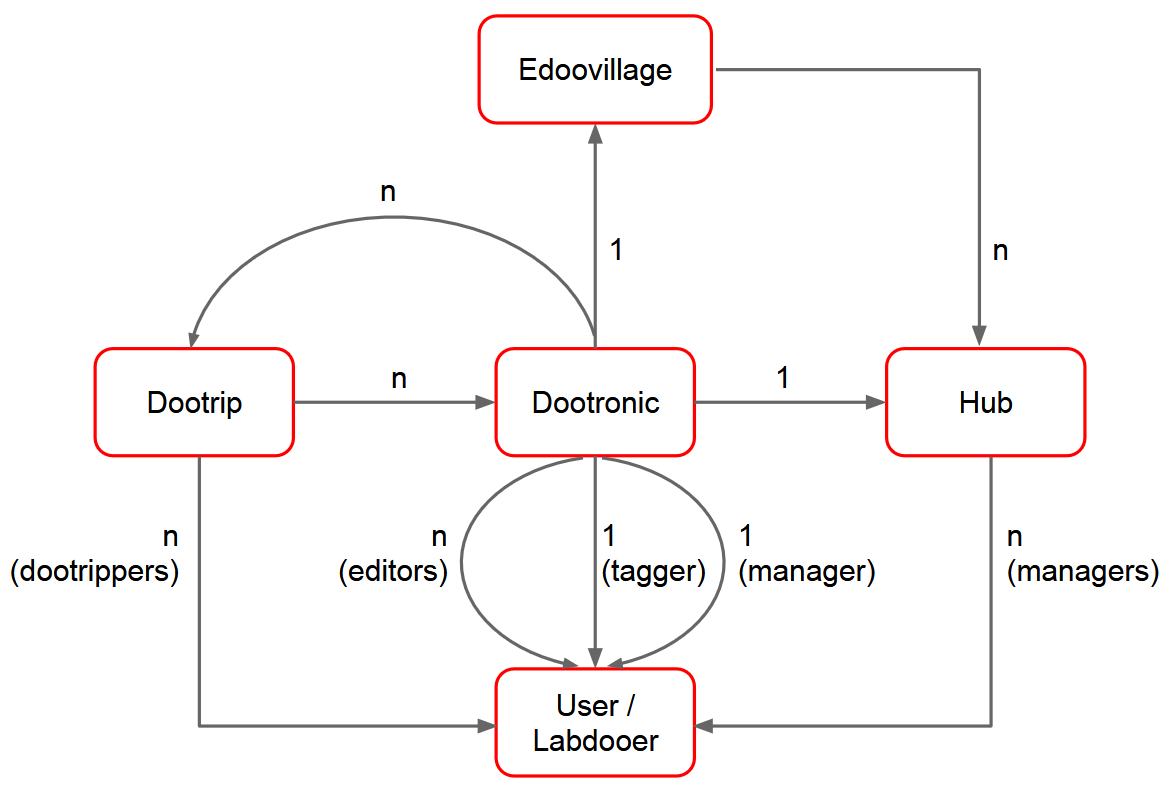At the heart of the Labdoo social network are five key components: labdooers, dootronics, dootrips, edoovillages, and hubs.
- Labdooers: These are the users of the Labdoo platform—volunteers who contribute their time and effort to the project.
- Dootronics: These are the electronic devices (such as laptops, tablets, etc.) that are refurbished, loaded with educational software, and delivered to schools in need.
- Dootrips: These refer to CO₂-neutral transport methods used to deliver dootronics from donors to recipient schools. Dootrips are often carried out by travelers, NGO volunteers (e.g., doctors or engineers without borders), humanitarian workers, international students, or employees of global companies.
- Edoovillages: These are the recipient schools or educational centers that receive the dootronics, enabling access to digital learning tools.
- Hubs: While anyone can participate in Labdoo from anywhere—home, school, workplace, or NGO—volunteers often find it helpful to organize locally. A hub is a group of labdooers in a specific region who collaborate to carry out Labdoo activities more effectively.
The diagram below illustrates how these five components interact. Arrows with numbers indicate the relationships between them. For instance, a single dootronic is linked to one edoovillage but can be associated with multiple dootrips. Conversely, a dootrip can transport several dootronics.

